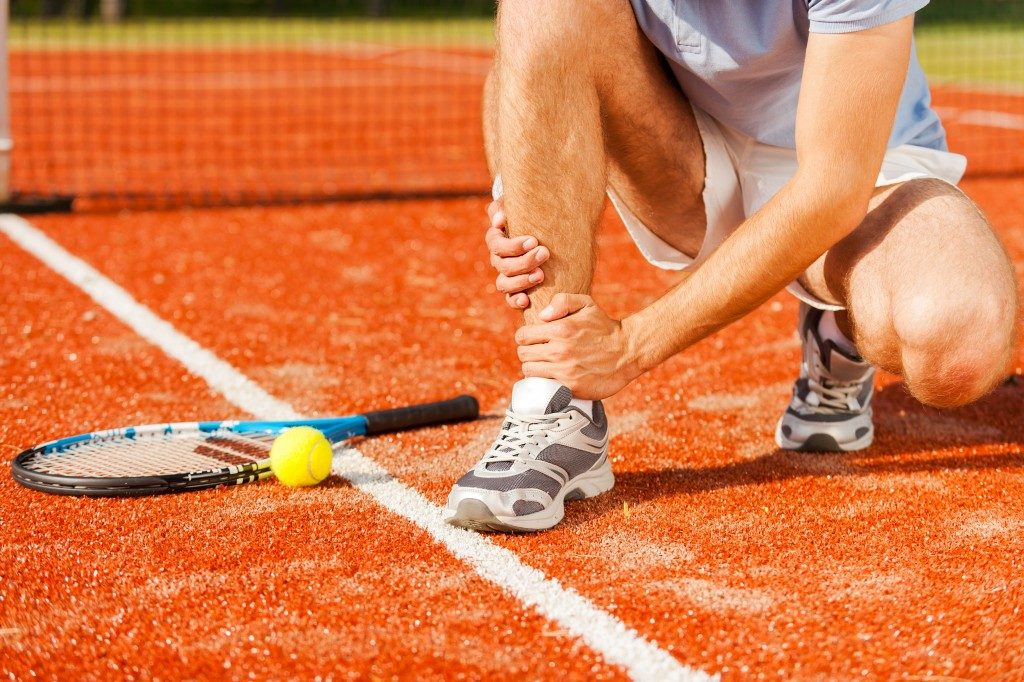Whether you’re a professional athlete or a complete beginner, the risk of getting injured when doing physical activity is always present. Sports injuries, the most common of which being sprains and strains, can be excruciating. Even minor injuries can throw a training regime off schedule and make our day to day tasks difficult.
More often than not, inflammation and pain occur after injuries to the joints, ankles, or knees. Even with the appropriate treatment, these injuries may take a long time to heal. The well-known RICE method can help reduce swelling, promote flexibility, and relieve pain. RICE stands for rest, ice, compression, and elevation.
Taking the following steps after a sprain, strain, or other similar injuries can help your body recover much more quickly so that you can get back to doing everyday activities.
Rest
After your injury, you should rest the affected area as much as possible. Avoid weight-bearing activities for the first 24 to 48 hours after an injury as your injured muscle is still weak and vulnerable to further damage. Continued use of a sprained ankle can increase the pain, delay healing, or even worsen the injury.
Ice
Apply an ice pack or a bag of crushed ice to the injury several times a day. This will help relieve pain, reduce muscle spasms, and minimize swelling by decreasing the blood flow to the injured area.
Avoid frostbite by not placing ice directly on your bare skin. Make sure that the ice is wrapped in a thin cloth or towel and that you only apply the ice bag for 10 to 15 minutes at a time, waiting at least 10 minutes between each application. This is important since it allows the tissues to “warm up” again before returning ice to the injury. Ice and ice packs are most effective immediately after the injury. It shouldn’t be needed after the first 24 hours unless your doctor recommends it.
Compression
Wrap the injured area with an elastic medical bandage. This can help minimize swelling by preventing fluid build-up and eases pain by keeping the injured area supported and somewhat immobilized.
The wrap should be snug, but make sure that you have proper circulation. It shouldn’t be causing tingling, numbness, increased pain, coolness, or swelling. If it does, remove the bandage and rewrap it more loosely. Even gentle compression can help.
Elevation
Elevating the injury at a higher level than your heart while resting will reduce swelling because it allows the fluid to drain away from the area. If you can’t raise the injury above your heart, try to keep the injured area at the same level or close to it. If your injury is to your hips, lie down with some pillows beneath your lower back to help lift it.
Using the RICE Method

Continue using the RICE method only for the first 48 to 72 hours after your injury. One thing to note is that the RICE method only works on mild injuries. If you’re not sure of the severity of your injury, be sure to go to a physician that specializes in sports medicine before you start any treatment regimen.









